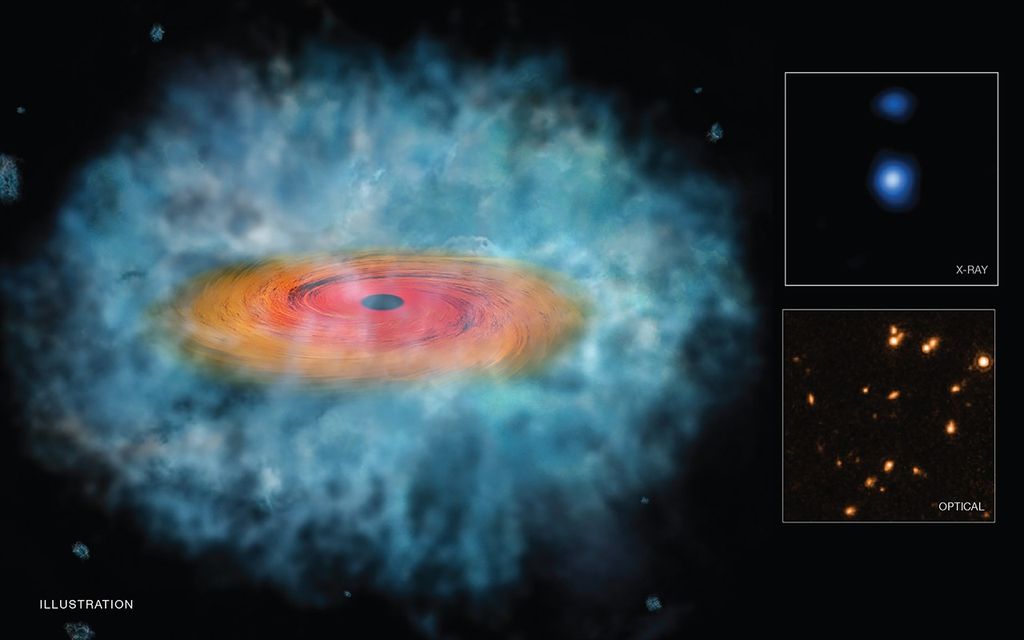Glenn History Fact Sheet
Answers to some frequently asked questions regarding the history of NASA’s Glenn Research Center in Cleveland, Ohio.
When was the center built?
Construction of the center began on January 23, 1941. The first building was completed in the fall of 1941, the first test was conducted on May 8, 1942, and the formal dedication of the center took place on May 20, 1943.
Why is the center located in Cleveland?
Cleveland was just one of 72 sites vying for the NACA’s new research laboratory in 1940. The NACA’s systematic system to objectively evaluate the bids ranked Cleveland and Chicago the highest. Following a reconfiguring of the criteria and an offer by the local power company to discount its electricity rates, the NACA announced in November 1940 that the facility would be built in Cleveland. Read more here.
What is the largest building?
The 152,235 square foot Engine Research Building (ERB) is the largest and most adaptable complex at the center.
How many people work at Glenn?
In 2018, the center employed 3281 people (1594 civil servants and 1687 contract services staff). Over the last five years, the average complement has beenhttps://www.nasa.gov/history/center-names-evolve-to-honor-people-and-achievements-in-research/ 3207.
What were the previous center names?
The center has gone through a number of name changes to date. Under the NACA it was known as the Aircraft Engine Research Laboratory (1942 to 1947), the Flight Propulsion Research Laboratory (1947 to 1948), and the Lewis Flight Propulsion Laboratory (1948 to 1958). Under NASA it has been the Lewis Research Center (1958 to 1999), and the John H. Glenn Research Center (1999-present).
What is the NACA?
The National Advisory Committee for Aeronautics (NACA) was established in 1915 to guide the nation’s early development of aircraft. By 1920, the committee decided to establish its own research laboratory, the Langley Aeronautical Laboratory. The NACA responded to European aeronautical advances in the 1930s by creating the Ames Aeronautical Laboratory (1939) and what is today Glenn, the Aircraft Engine Research Laboratory (1941). The NACA was disbanded in 1958, and its laboratories formed the core of the nation’s new space agency, NASA.
Who is George Lewis?
George W. Lewis (1882-1948) was the NACA’s Director of Aeronautical Research from 1924 to 1947. In this role, he was the liaison between the NACA’s advisory committees and its research laboratories. He played a primary role in the NACA’s expansion for World War II. The center was named in his honor from 1948 to 1999.
What is the oldest building?
The Flight Research Building, or Hangar, was the first building completed in the fall of 1941. As such, it was initially used as office and shop space until other buildings were completed the following year.
How were the streets named?
In August 1942, NACA Executive Secretary John Victory decided to name the roads at the new laboratory after early members of the NACA Executive Committee. These include Charles Walcott, David Taylor, Samuel Stratton, William Moffett, Oscar Westover, Joseph Ames, Charles Marvin, and William Durand. Roads added later were given more practical names, such as West Area, Underpass, and Cryogenic.
How old is Glenn compared to other centers?
Glenn, established in 1941, is the third oldest NASA center. It is preceded by Langley (1920) and Ames (1939). Other centers which originated prior to the establishment of NASA include JPL (1944), Armstrong (1947), and Marshall (1956). The other centers are Goddard (1959), Stennis (1961), Johnson (1961), and Kennedy (1962).
How did the center acquire Armstrong Test Facility?
The center leased 500 acres of the Plum Brook Ordnance Works in 1955 to build a nuclear test reactor. In 1958, another 2700 acres were leased to build a series of hydrogen test stands. On March 15, 1963 the center formally took control of all 6400 acres at Plum Brook Station, including 2800 previously unused acres. Plum Brook Station was renamed as Armstrong Test Facility in 2021. Read more here.
How many center directors have there been?
There have been 15 center directors. Edward R. Sharp (1942 to 1961), Abe Silverstein (1961 to 1969), Bruce T. Lundin (1969 to 1977), John F. McCarthy (1978 to 1982), Andrew J. Stofan (1982 to 1986), John M. Klineberg (1987 to 1990), Lawrence J. Ross (1990 to 1994), Donald J. Campbell (1994 to 2003), Julian M. Earls (2003 to 2005), Woodrow Whitlow Jr. (2005 to 2010), Ramon (Ray) Lugo III (2010 to 2013), James M. Free (2013 to 2016), Janet L. Kavandi (2016 to 2019), Marla E. Perez-Davis (2019 to 2022), and Jimmy Kenyon (2022-present). Biographies of the directors can be found on the NASA Glenn History webpage.
Who designed the NASA logo?
In 1958, Lewis graphic artist James Modarelli responded to a Headquarters request for concepts for a logo for the new NASA space agency. He developed a blue orb with white stars enveloped by red wings. The design, known as “the Meatball,” was accepted. Modarelli altered the design into a new official logo.
What role did the center have in the Apollo Program?
The center made a number of important contributions to the success of the Apollo Program. These included the development of liquid hydrogen as a propellant, providing personnel to Headquarters to shape the program, resolution of an array of issues related to the various stages of the Saturn rocket, managing the Centaur rocket that launched lunar exploration spacecraft, and investigation of the Apollo 1 and 13 accidents.
What was Aerospace Frontiers previously called?
With the exception of 1962 and 1963, the center has continuously published a newsletter for over 75 years. It was known as Wing Tips throughout the NACA era (1942-58). The name was changed to Orbit (1958-61) as the focus shifted to space. Publication was suspended as the center ramped up its space activities in the early 1960s. When publishing resumed, the name was changed to Lewis News (1964-99). The change of the center’s name in 1999 necessitated renaming the newsletter. It has been known as Aerospace Frontiers ever since.





























